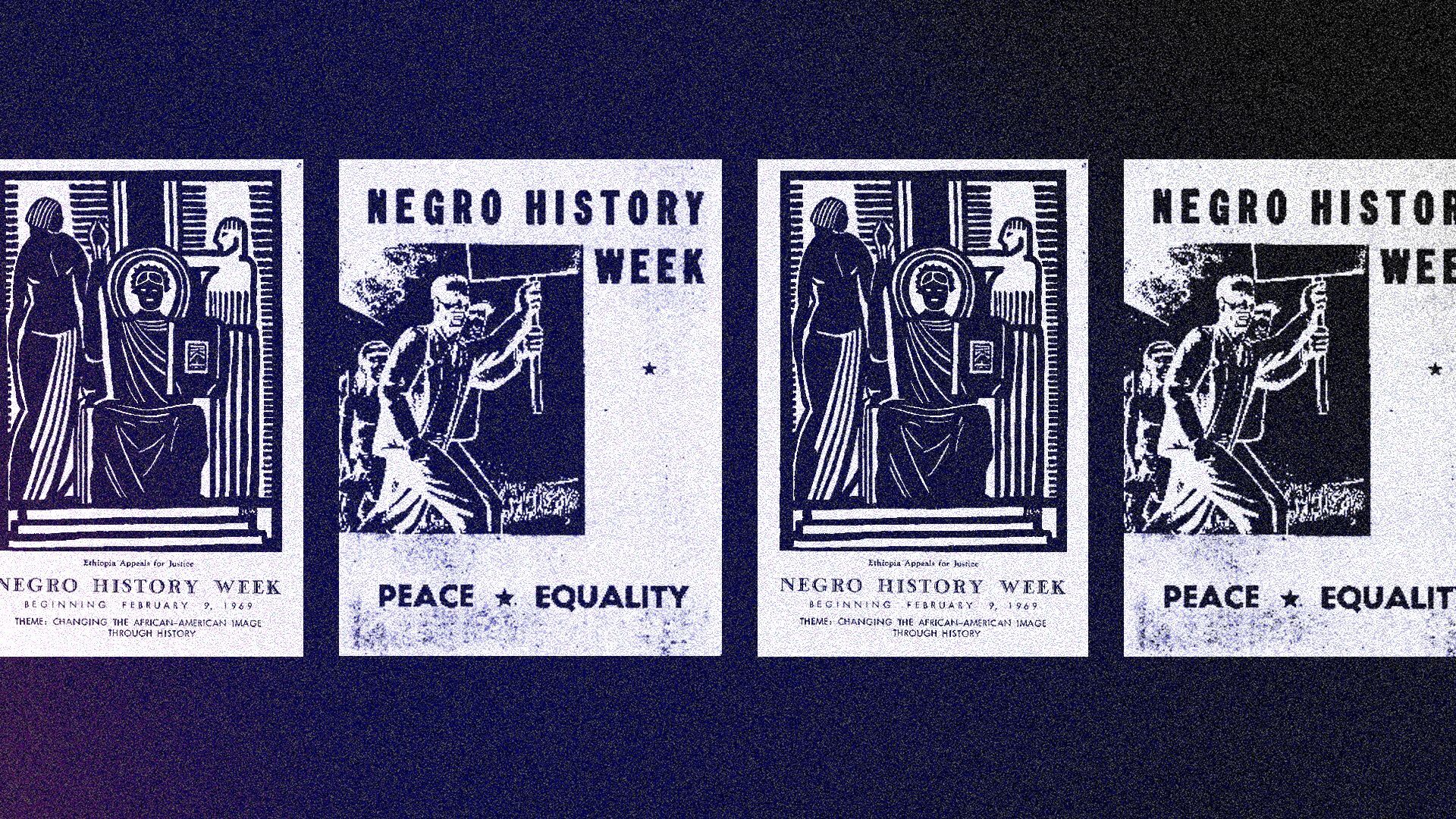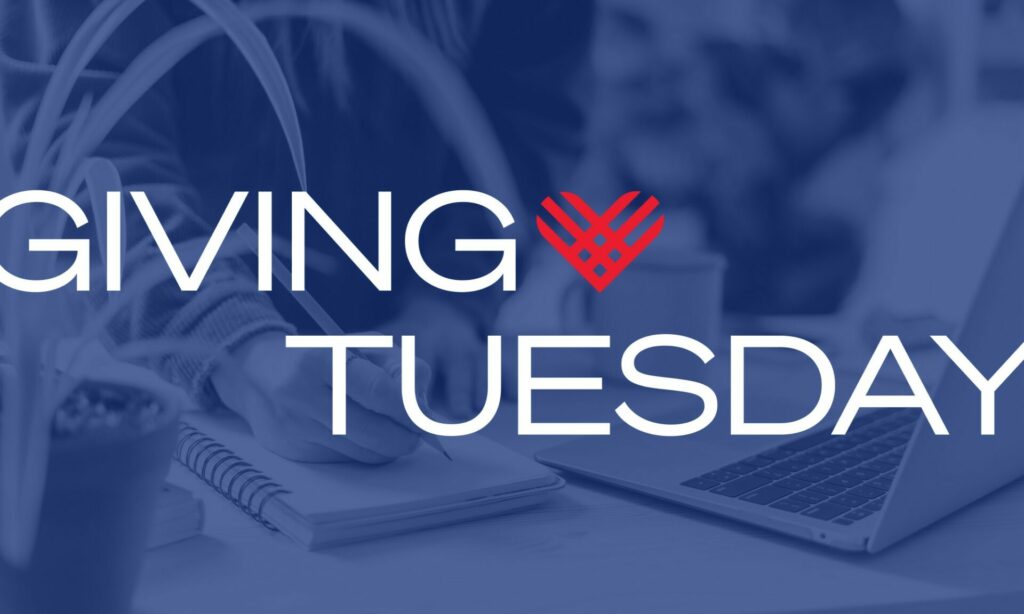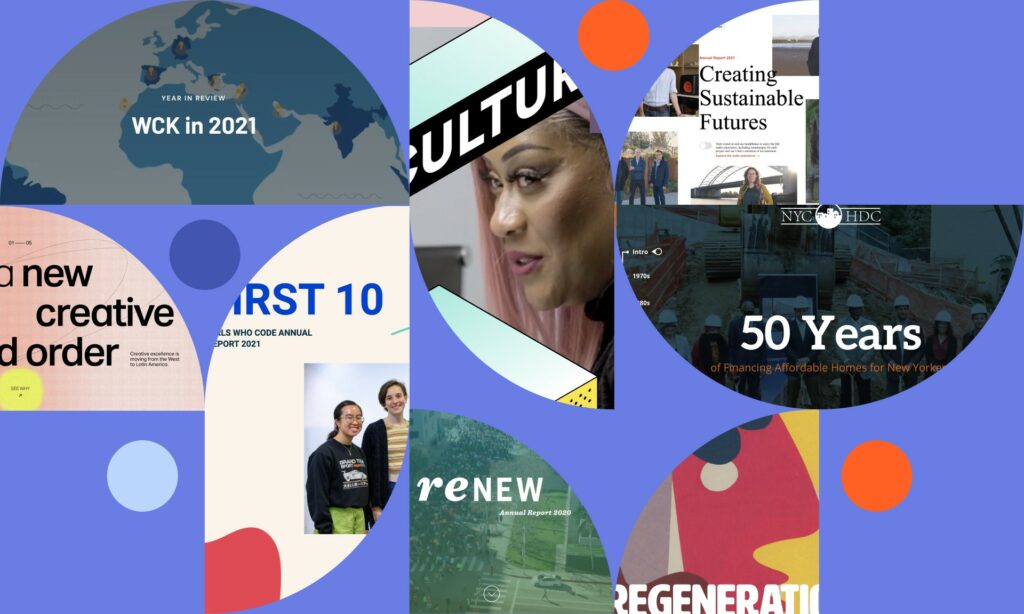
As Black History Month comes to a close, I wanted to reflect on why it exists in the first place. Ask Google why we have Black History Month, and it will tell you it began in 1915 by Carter G. Woodson as “Negro History Week.” Just the second Black person ever to earn a Harvard doctorate, he acknowledged the absence of Black history in the education curriculum of the time. His goal was to destroy racial stereotypes and shine a light on the contributions of Black Americans in all areas of society, thereby giving Black people a renewed sense of pride and unity that was sorely needed. Over the decades, it developed into what we know today as Black History Month, becoming official in 1976.
Now, ask my Uncle June (because every Black family has some version of a “June”) why it exists, and he would tell you: well, we give the dog leftovers at Thanksgiving, don’t we? He never said this to me, and he’s no longer with us, but I’m paraphrasing using his wit and the cynical aphorisms my family tosses out often. Born and raised in Tennessee, my uncle and his generation came of age during the Civil Rights movement of the 1960s. His parents witnessed and experienced the echoes of Jim Crow before that. This sense of “charity” in recognizing Black History, one could imagine, would be hard to shake given America’s treatment of Black people since we first arrived. The running joke among Black people that it’s recognized during the shortest month only adds to this cynical way of thinking.
I believe the reason Black History Month exists lies somewhere between Dr. Woodson’s original intent and my uncle’s presumed perception of it. Why we have it is less important than the fact that we do have it, and it’s still recognized in schools at all levels and society. And because many negative stereotypes about Black people in 1915 still exist in some form in corners of the world in 2024, its importance is unquestioned.
It’s a Matter of Perspective
Perspectives are reshaped through experiences. One of the most influential people in my life was my design professor, a Black take-no-BS old-school ad man. A particular situation in a class stuck with me my entire career: A classmate shared an assignment to present branding materials for a made-up cafe and bakery. She placed a Black woman’s profile, the “owner,” on business cards and letterhead. “This person will have a hard time getting business in the door. Reconsider this.” The message was clear: reduce or stop broadcasting your Blackness if you expect to get noticed. His experiences in design and branding shaped his perspective that marketing yourself as Black is a no-no.
This anecdote flashed before me this month as I finished the book Black AF History, The Un-Whitewashed Story of America. Not because I was planning on writing this but because I’m a fan of the columnist and its author, Michael Harriot. It’s a great read, but it’s not so much the book itself but the trove of resources Harriot shares within that’s important.
In his words: “Instead of simply googling a fact, investigate these sites:
- Black Newspapers: Google News, newspapers.com, and a number of individual newspaper publishers offer digitized archives that date back to the 1700s.
- U.S. Census Bureau: The census doesn’t just count people, it records financial data, geographic information, and voting data that create statistical snapshots of the past.
- Library of Congress: Read firsthand narratives of people who survived enslavement from the Federal Writers’ Project, among other preserved recordings. And it’s free!
- National Archives: You can download slave schedules, birth certificates, military records, and digitized transcripts from the Freedmen’s Bureau archives.
- Archive.org: A valuable research tool that allows users to borrow out-of-print writings, old encyclopedias, and school textbooks.
- TransAtlantic Slave Trade Database: Originally a CD-ROM, this online repository contains information on more than 35,000 human trafficking expeditions that carried more than 12 million Africans to the Americas between 1520 and 1866.
- Genealogy Websites: For-profit ancestry companies don’t just do DNA tests. Many have created online access to birth records, death certificates, wills, newspapers, and other resources.”
In Uncle June’s words, to do better is to know better.
Designing While Black
Speaking of branding, Black History Month’s brand could use some work. It doesn’t start with Harriet Tubman and the Underground Railroad, climax with Martin Luther King, Jr., and end with George Floyd. To truly celebrate the achievements of Black people in America is to know our achievements. Then, not just the accomplishments but why we came to America in the first place, how slavery shaped us for generations, and how our presence evolved American government and policies, agricultural and scientific innovations, education, culture, and the economy.
I’ve been fortunate enough to maintain a career in design for 25 years, almost 18 of those exclusively at Visceral. But I’m not naive. Being a Black agency owner today is now considered a benefit by many and one we’ll continue to use to our advantage, not in an exploitative way, but in a we’ve-achieved-our-reputation-through-years-of-honing-our-process-and-we-happen-to-have-Black-leadership way. Though I can count on one hand the number of Black designers, illustrators, and developers I’ve worked alongside or collaborated with professionally, I know that will change. I’ve mentored and interviewed them, attended conferences and events with them, I’ve shared ideas and conversations with them in Slack and social media channels. And they aren’t afraid to broadcast their Blackness.














